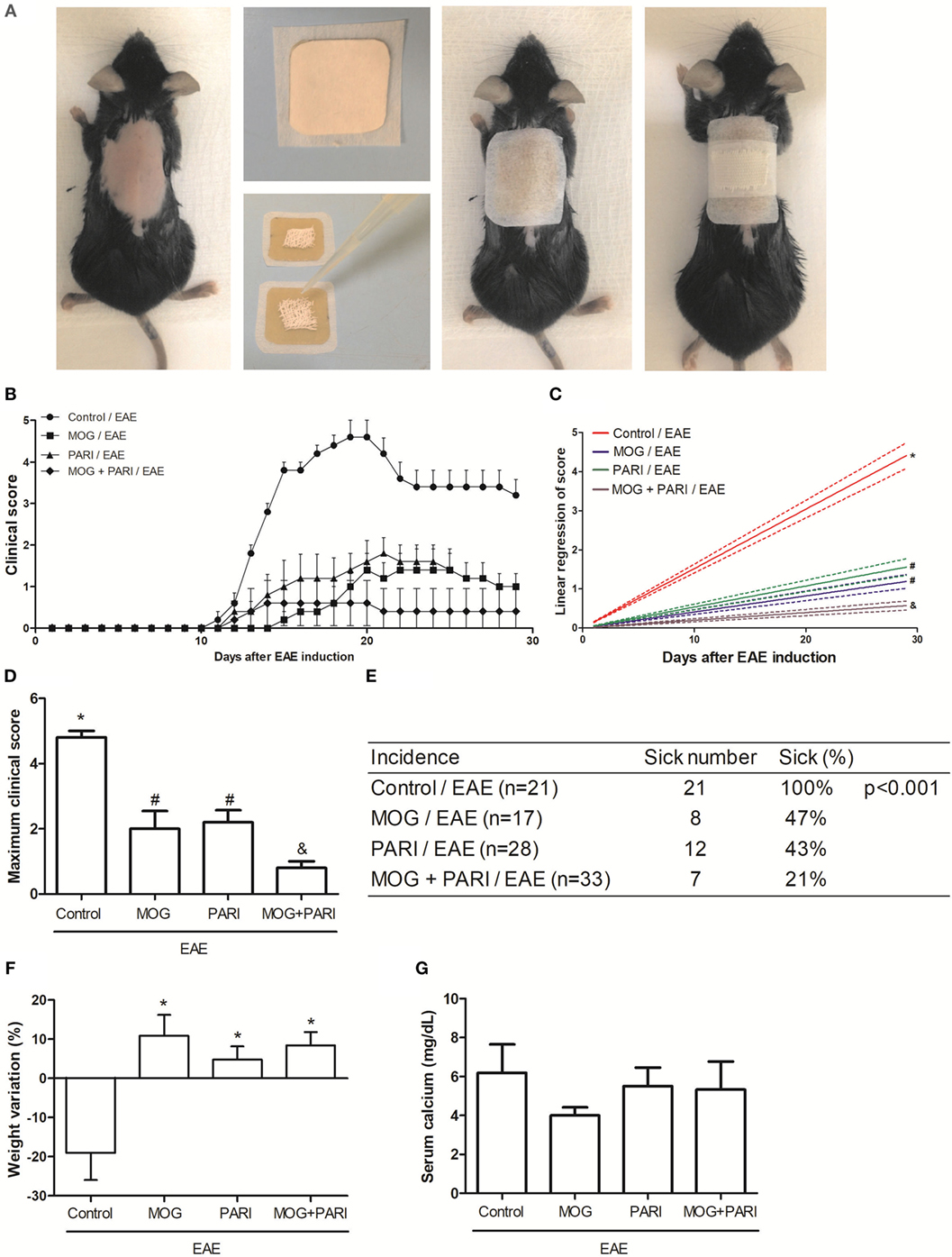


For example, isolated uni- or bilateral optic neuritis has been reported as the most common symptom at MOG-EM disease onset (64% and 73% of patients in a German and an Australasian/New Zealand cohort of patients with MOG-EM) and isolated LETM was the first clinical symptom in only 11% and 18% of these patients. Due to a substantial overlap in clinical and radiological presentations between MOG-EM and other acquired demyelinating CNS disorders, deciding which clinical and paraclinical findings should be accompanied by MOG-IgG testing, especially at first clinical presentation, remains an evolving challenge. Recently, for the first time, diagnostic criteria for MOG-EM have been proposed based on a combination of (1) seropositivity for MOG-IgG with (2) one of the clinical presentations described above and (3) MRI or electrophysiological findings compatible with CNS demyelination. While anti-myelin oligodendrocyte glycoprotein antibodies (MOG-IgG) were originally linked especially to acute disseminated encephalomyelitis (ADEM)-like presentation in pediatric patients, more recent studies proposed a wider clinical spectrum including uni- and bilateral optic neuritis (ON), short and longitudinal extensive transverse myelitis (LETM), brainstem and cerebellar lesions or seizures.

Terms like “MOG-positive NMOSD” should, therefore, be avoided to clearly separate MOG-EM, which has a different antibody-mediated pathology and broader clinical spectrum, from aquaporin-4 associated NMOSD. In the past few years, growing clinical, immunological and histopathological evidence suggests that MOG-EM can now be considered as a clearly distinct disease entity from both multiple sclerosis (MS) and aquaporin-4-positive neuromyelitis optica spectrum disorder (NMOSD). After years of conflicting research on the role of MOG-IgG antibodies in neuroinflammatory diseases, the methodological improvements using more reliable cell-based assays presenting human MOG protein in a biosimilar conformation have identified typical clinical presentations associated with anti-MOG-IgG antibodies, now called MOG-IgG-associated encephalomyelitis (MOG-EM). Myelin oligodendrocyte glycoprotein (MOG) is an encephalitogenic protein on CNS oligodendrocytes that can initiate demyelinating autoimmune responses in experimental models of inflammatory demyelinating diseases.


 0 kommentar(er)
0 kommentar(er)
